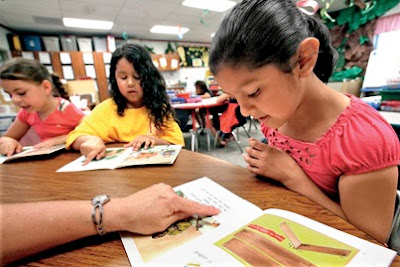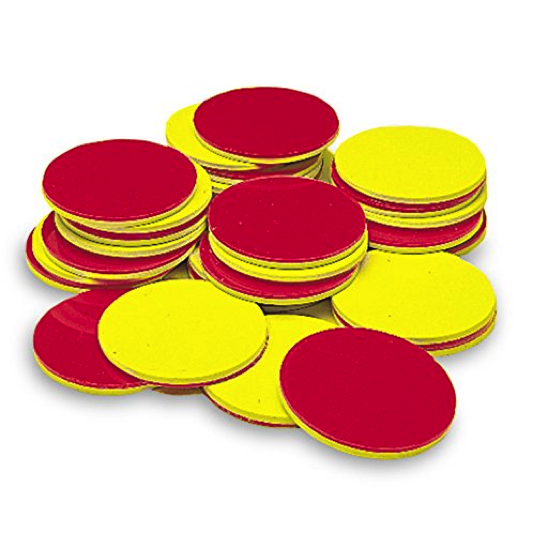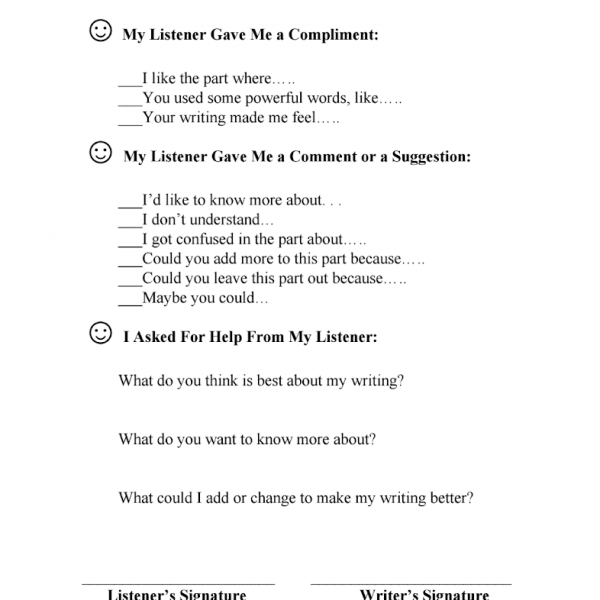Guided Reading… I’m not pretending that I’m talking about a NEW thing with y’all right now… I do however hope to help you think about your teaching at the table in a NEW way!
So I want you to picture a Guided Reading lesson with some of your students. They are reading the text, you are listening in to readers individually and as one of them reads for you, they come to a word they don’t know, and you can almost hear the brakes squeak as they come to a STOP! Or picture a student breezes right past the words they just read incorrectly. Can you see it? You know it happens.
Now…I want you to consider this question: Typically, what is your next move?
Be honest. For that kiddo who didn’t know the word and stopped… might you be covering up a part of the word so they can work on decoding? Is your finger starting to slide above it while you start to make the sounds (AKA sounding it out)? What about the student who read a word incorrectly? Are you probably pointing to the word and drawing the reader’s attention to it?
Repeat after me folks… GET YOUR FINGER OUT OF THEIR BOOK!
A major tenant of teaching at the Guided Reading table is supporting students in reaching independence! In other words, how will they read when they are alone after this lesson? What strategies will they have when they are not at the Guided Reading table with me?
So, how will they notice their own errors if you are always pointing to them? How will they learn to cover words and decode with that strategy if you are always the one doing it? How will they start to do this independently if they are so accustomed to you doing it instead?
Maybe you are like a teacher I worked with recently who said, when CAN I touch their books? Keep focused on the word THEIR- they have to hold their book, and point to words, and do the work of figuring out words because it is THEIR reading!
So if we keep our finger out of their book… we have to change the way we support students. Let’s look at some alternatives to pointing to the word.
Photo Credit https://www.scholastic.com/teachers/articles/teaching-content/4-tips-guided-reading-success/
In the example of a student who doesn’t notice that an error was made in reading… instead of our finger pointing to the word that wasn’t read correctly, what if we said,
Something wasn’t quite right there? Can you find it?
You made a mistake. Can you find it?
See if you can find what’s wrong?
In the bigger picture, does this help students become more independent in the reading they will do both with you at the table and after the lesson is over? Are we better supporting their own ability to monitor their own accuracy of reading? Yeppers!
Now, what about the student that just stops and doesn’t know how to decode a word? Instead of touching their book and doing the work for them, could you say…
Point to the word you’re trying to read.
What could you try?
Do you know a part of that word? What is it?
Cover up the part you know. Look at the part you don’t know.
Try it.
You may not notice the big difference here, and I admit it is slight, but it is a small thing that will make a BIG difference! GET YOUR FINGER OUT OF THEIR BOOK!
Want more prompts to help students do the work and be independent at the table?
You can download a copy HERE.
Want more tools to help you teach at the Guided Reading table? Look around in the category for Guided Reading and see other helpful posts!



